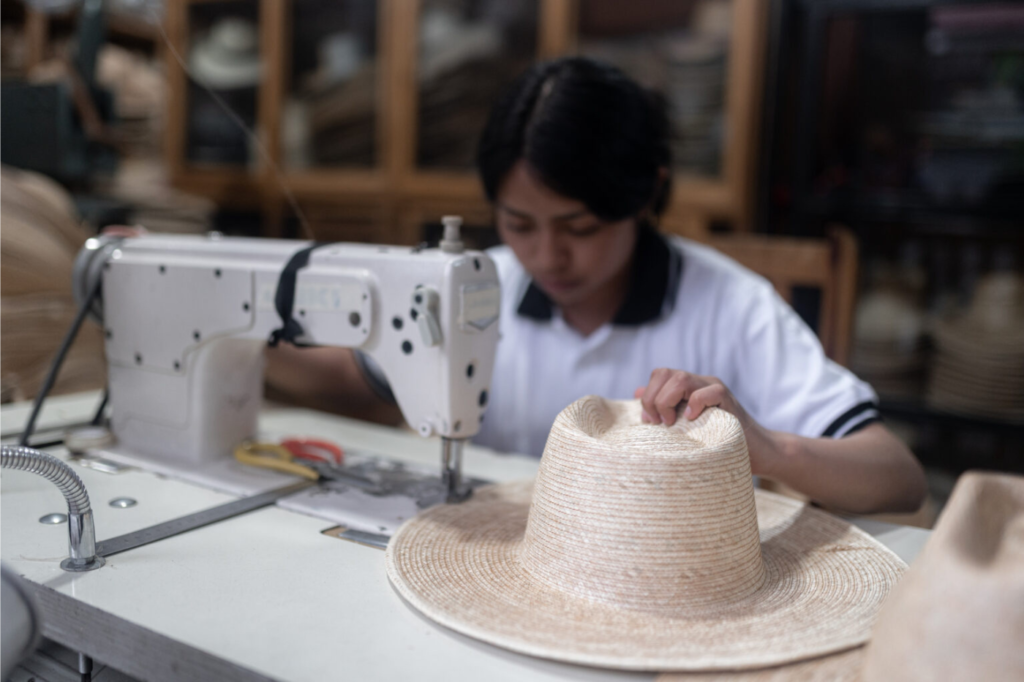As a seasoned business owner deeply involved in global sourcing, I often find myself mulling over a critical question: Vietnam or China? Each option carries its unique set of challenges and opportunities, much like navigating relationships with two compelling yet distinct partners. As we approach 2025, the stakes couldn’t be higher.
 Will China continue to dominate with its manufacturing prowess, or will Vietnam’s burgeoning potential tip the scales?
Will China continue to dominate with its manufacturing prowess, or will Vietnam’s burgeoning potential tip the scales?
Join me on this intriguing journey through the complex landscape of Southeast Asian sourcing. Expect less drama than “Game of Thrones,” but no less strategic maneuvering.
Manufacturing Landscape in Vietnam vs. China in 2025
The Dragon vs. The Rising Star
Get ready for an exciting exploration through the 2025 manufacturing scene! On one side, we have China—the established “Dragon” with its vast industrial capabilities. On the other, Vietnam—the “Rising Star,” agile and increasingly competitive.
Tech Tango and Labor Lambada
China is advancing with robotics and automation, aiming for a future that could outshine the Jetsons. Meanwhile, Vietnam is leveraging its robust, cost-effective labor force while swiftly adopting new technologies. This makes it not just a follower but a quick learner from its giant neighbor.
Infrastructure Invitational
China’s infrastructure is undeniably impressive, a well-oiled machine supporting massive industrial output. Vietnam, however, is making significant strides, laying down the groundwork to connect its key economic regions more seamlessly than ever by 2025.
As we delve deeper, it’s clear that the choice depends on what you value more—technological advancement or dynamic growth with a touch of human ingenuity.
To dive deeper into the pros and cons of sourcing from China and Vietnam, check out China vs. Vietnam: Which is Better for Sourcing Your Next Product?
Sourcing Considerations for Vietnam and China in the Next Few Years
As I look into my somewhat unpredictable sourcing crystal ball, the decision between Vietnam and China resembles choosing between pho and dim sum—each delicious but distinctly different.

A young woman is sewing a natural fiber hat with a machine in a traditional workshop.
Cost Considerations
While China’s labor costs continue to rise sharply, Vietnam’s remain more manageable. This gap is narrowing as Vietnam develops, but it still offers a significant advantage for cost-conscious businesses.
Quality Control
China has the advantage of decades of manufacturing experience, translating into refined quality control systems. Vietnam, on the other hand, is not just catching up; it’s poised to redefine standards, particularly in industries like textiles and electronics where it’s rapidly gaining a reputation for quality.
Recommendations for Sourcing in Vietnam and China Towards 2025
The Great Sourcing Showdown
Looking towards 2025, the competition is heating up. China remains a powerhouse with unmatched infrastructure and technological capabilities. However, Vietnam is showing itself to be a formidable contender, hungry for growth and quick to adapt to market needs.
My Two Cents (Adjusted for Inflation)
For complex, high-tech products, China might still be the go-to. But for textiles, furniture, and other less tech-intensive goods, Vietnam is becoming increasingly attractive due to its cost efficiency and improving quality standards.
Here’s my recommendation: while keeping an eye on China, lean towards Vietnam. The country’s trajectory indicates not only growth but also an emerging leadership in several key manufacturing sectors. Diversify your approach, but consider making Vietnam a central pillar of your sourcing strategy.
Conclusion
Choosing your sourcing destination in 2025—Vietnam or China—is like trying to see through a foggy dawn in Hanoi. Both countries offer compelling reasons to invest, but the landscape is shifting rapidly. My advice? Embrace flexibility in your sourcing strategy, remain vigilant, and be ready to pivot as opportunities and challenges evolve. Vietnam, with its combination of competitive costs, growing infrastructure, and burgeoning quality improvements, presents a compelling case for those looking to optimize their sourcing portfolio in an ever-changing global market. Keep your options open, but perhaps start practicing your Vietnamese—this vibrant nation’s future in global sourcing is looking increasingly bright.








 Will China continue to dominate with its manufacturing prowess, or will Vietnam’s burgeoning potential tip the scales?
Will China continue to dominate with its manufacturing prowess, or will Vietnam’s burgeoning potential tip the scales? 
Leave a comment
Your email address will not be published. Required fields are marked *